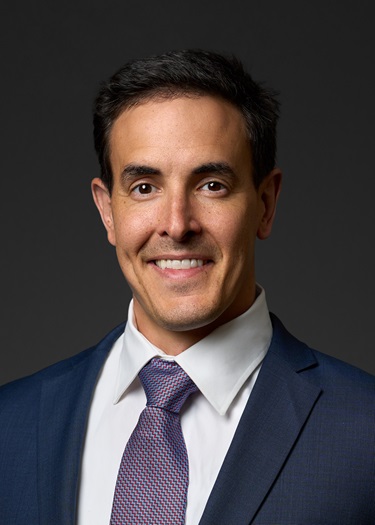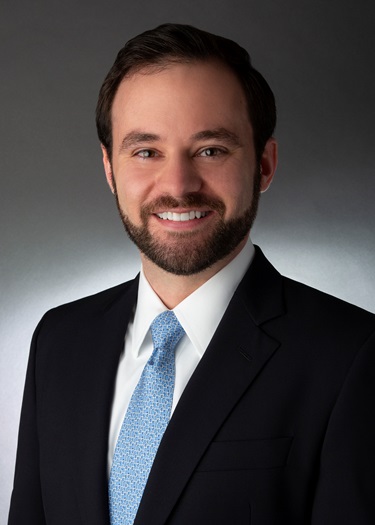Securities Enforcement and Regulatory Update
Eleventh Circuit Vacates SEC’s 2023 Funding Order for the Consolidated Audit Trail
On July 25, 2025, the U.S. Court of Appeals for the Eleventh Circuit issued its opinion in Am. Sec. Ass'n v. SEC, vacating the SEC 2023 order approving a funding model for the Consolidated Audit Trail (CAT). Although the opinion leaves the CAT infrastructure intact, the court held that cost-allocation scheme approved by the SEC was arbitrary and capricious under the Administrative Procedure Act.
This decision follows recent statements from SEC Chairman Paul Atkins calling for a “comprehensive review” of the CAT, including the scope of data collection.1 In response, exchanges have proposed cost-saving measures, such as the exclusion of options market maker quotes.2
Background
Launched in 2020, the CAT was designed to give regulators a unified view of trading activity across equities and options markets. When CAT was approved in 2016, the SEC projected its build costs between $37.5 million and $65 million and annual operating costs of $36.5 million to $55 million — funded jointly by self-regulatory organizations (SROs) and broker-dealers.
In reality, build costs ballooned to $518 million and operating costs to nearly $200 million per year. Against this backdrop, the SEC approved a new CAT funding model in 2023 that nominally allocated one-third of costs to SROs and two-thirds to broker-dealers.3 In reality, however, SROs retained the ability to pass through all their costs to their members via immediately effective fee filings — potentially shifting the CAT’s entire financial burden to broker-dealers.
Key Takeaways
- 60-Day Stay of Vacatur — The court stayed its decision for 60 days, temporarily preserving the current funding model while giving the SEC time to respond and propose next steps.
- Court’s Rationale — The court found that the funding model’s approval was arbitrary and capricious because the SEC
- permitted a funding model that could allow SROs to pass 100% of CAT costs to broker-dealers, in conflict with the original framework’s intent to share costs between the SROs and broker-dealers, which would have given the SROs a financial incentive to keep down CAT costs
- failed to update its cost-benefit analysis despite dramatically higher-than-anticipated costs
- continued to rely on a 2016 economic analysis that no longer reflected operational realities
- Implications for Market Participants
- The decision leaves the funding model for the CAT uncertain.
- The SEC may issue instructions to the SROs to propose an amended CAT funding model that accords with the court’s decision.
- The SEC must, at a minimum, update its economic analysis in connection with any future iteration of the CAT funding model.
- Eliminating CAT Entirely — Although the petitioners urged the court to consider whether CAT itself is unlawful, the court declined to reach this issue.4
What’s Next
Market participants — especially broker-dealers — should monitor how the SEC responds to the court’s decision. While the current funding model will remain during the court’s 60-day stay, further clarity from the SEC (or the SROs) will inform the direction of potential further changes.
For guidance or to discuss potential effects on your firm, please contact the Sidley team.
1 Paul Atkins, Chairman, SEC, Prepared Remarks before SEC Speaks (May 19, 2025).
2 Letter from Cboe and Nasdaq to the SEC, (Apr. 24, 2025); Letter from NYSE to the SEC (Apr. 24, 2025).
3 See Exchange Act Release No. 98290, 88 FR 62628 (Sept. 12, 2023).
4 A separate class action challenging CAT in the Western District of Texas (Davidson v. Atkins, Case No. 6:24-cv-00197) is stayed until January 15, 2026, pending an SEC review of CAT governance, cyber-security, and cost allocation.
Attorney Advertising—Sidley Austin LLP is a global law firm. Our addresses and contact information can be found at www.sidley.com/en/locations/offices.
Sidley provides this information as a service to clients and other friends for educational purposes only. It should not be construed or relied on as legal advice or to create a lawyer-client relationship. Readers should not act upon this information without seeking advice from professional advisers. Sidley and Sidley Austin refer to Sidley Austin LLP and affiliated partnerships as explained at www.sidley.com/disclaimer.
© Sidley Austin LLP
Contacts
Capabilities
Suggested News & Insights
- Stay Up To DateSubscribe to Sidley Publications
- Follow Sidley on Social MediaSocial Media Directory




